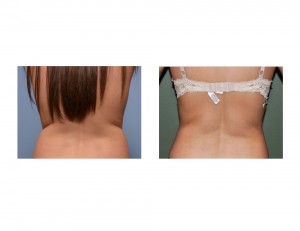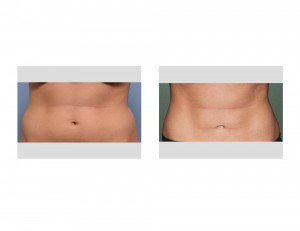Background: The vast majority of the human population will collect fat in face and body areas that they don’t want. While aesthetically undesireable, it is normal and expected for most people. Plastic surgeons will usually call these fat collections, typically around the waistline, as lipodystrophy. Such a term suggests a medical condition defined by abnormal fat accumulations (from the Greek lipo for fat and dystrophy for abnormal) While this term is used frequently for anyone undergoing aesthetic fat removal, usually by liposuction, one can debate whether such fat collections are truly ‘abnormal’. They may be unwanted but the reason they are there is not really abnormal per se but a reflection of the multiple factors of diet, exercise and genetics.
But there are a few people who do have abnormal fat collections that defies their body type and age. They may be relatively thin, have good exercise habits and otherwise have good body contours. But they have discrete fat collections that do not fit with the rest of their body and are completely resistant to reduction by diet and exercise. These fat collections may truly be called ‘lipodystrophy’ because their presence is abnormal given every other parameter of the patient. When it occurs consistently in numerous family members, it may also be called congenital lipodystrophy, although not a syndrome per se.
Case Study: This 19 year-old female wanted to get rid of her love handles (flanks) that she had always had even when she was little. She was at a good weight and had not other obvious fat collections throughout her body. She exercised and dieted regularly but could not budge these fat areas. Interestingly, both her mother and sister has exactly the same flank lipdystrophy issue and they had undergone liposuction to successfully get rid of it.


Younger people with an otherwise thin body habitus can have congenital fat collections that are not metabolically responsive. Only liposuction reduction can remove these type of fat prominences. Because they do not appear to be active fat depot sites, it is presumed that they will be resistant to easy fat re-accumulation in the future.
Case Highlights:
1) Abnormal fat collections (lipodystrophy) in the flanks can be caused by congenital or normal aging processes.
2) Congenital flank lipodystrophy can be treated very effectively by small cannula liposuction.
3) Once congenital fat collections are surgically removed, they have a low tendency to recur.
Dr. Barry Eppley
Indianapolis, Indiana


